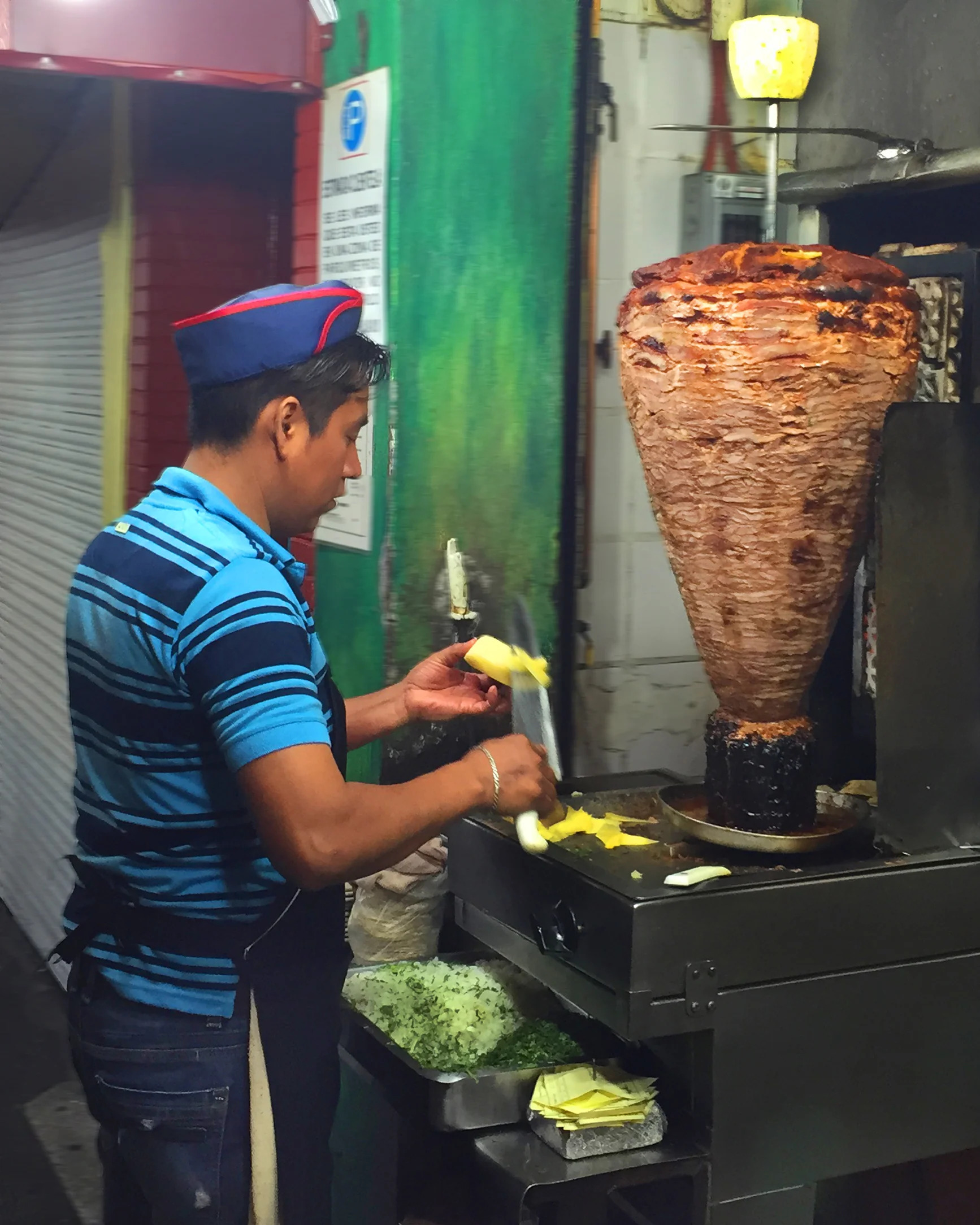Book Review: Ortega shows passion for Street Food of Mexico
Suddenly street food is cool. Perhaps it’s a reaction to lofty trends like molecular gastronomy, vegetable foams and chefs in lab coats. People are ready for more accessible cooking. Some call it street food. Hugo Ortega, a home-schooled chef from Mexico, presents the most recent and best book on the topic in “Street Food of Mexico.” In my hometown of Mexico City, the phrase “street food” might connote a low-class, unsavory, health risk from which tourists and locals alike are warned to stay away. But foodies on the cutting edge are busy promoting this popular cooking. Restaurants with names such as Street in L.A., Fonda in N.Y. and Ortega’s own Hugo’s in Houston are pulling in crowds. Anthony Bourdain and the Los Angeles Times are touting street food as trendy, reminding us that the best cooking is often found in the most humble places. We fearless global eaters could have told them. Writing about Mexican cooking in his heartfelt introduction, Ortega’s description could apply to the popular cooking of any culture: “… street food is actually “slow food,” prepared in someone’s own kitchen with little to no shortcuts, from family recipes handed down through the ages. The food is cooked all through the night on the outskirts of the towns and villages, in kitchen ovens or in deep earthen pits, and brought into city and town centers each morning … Rich with tradition and heritage, street food is the purest form of true authentic … cuisine.”
While other cookbooks on the subject might employ “street food” as a catchphrase, an excuse for simple, plebeian cooking (“easy” usually shows up in the title of these books), this one is true to its subject. Recipes are for dishes really found at stalls on the street or in markets. The book is divided into chapters delineating seven styles of foods by their Spanish titles: antojitos,tacos, salsas, tortas, ceviches y cocteles, dulces and bebidas. Thankfully, Spanish names come first with descriptions underneath in English — no condescension here.
Recipes reflecting the spirit of the street
Recipes are tweaked, updated but only minimally, without losing their true homey nature. For example,empanada de camarón (half-moon pie stuffed with shrimp) is commonly found at every seafood stand in Mexico. Here, the dough calls for butter and the filling for olive oil, two ingredients undoubtedly too expensive for market and street stalls to stock. But nothing else about this recipe is compromised. It’s just as grandma would want you to make it, with good old butter and olive oil instead of the cheaper versions thereof.
The section on tacos is especially informative, and again true to the streets of Mexico — the most interesting recipes have been culled from the author’s travels around the country and interpreted to re-create authentic flavors. Occasionally a cooking method is altered, but to good effect. Tacos al pastor, Mexico City’s famous spit-grilled marinated pork, is impossible to reproduce in the home kitchen. But Ortega’s oven-roasted version will approximate the flavor and texture of the original.
One of the most visually astounding features of street and market stalls is the rainbow of colorful fresh and cooked salsas. This chapter gathers the best multi-regional examples and explains the essentially Mexican techniques, such as dry-roasting chilies, in detail.
Tortas get their due
Although essential beach food, ceviches are found in street stalls throughout Mexico. Ortega’s simple ceviche de huachinango (red snapper) is a textbook example that should be in any Mexican cook’s repertory. The caldo de camarón, a rich soup made with chilies and dried shrimp, is true to the stand, Mexico City’s El Caguamo, from which the recipe is gleaned.
This is a fine cookbook — user-friendly, well written, uncompromising in transposing recipes for the home cook, and beautifully illustrated by renowned food and travel photographer Penny de los Santos. “Street Food of Mexico” is an important addition to any library of Mexican or world cuisine.
This review first appeared in Zesterdaily.com on 2/26/13; photos by Penny De Los Santos







